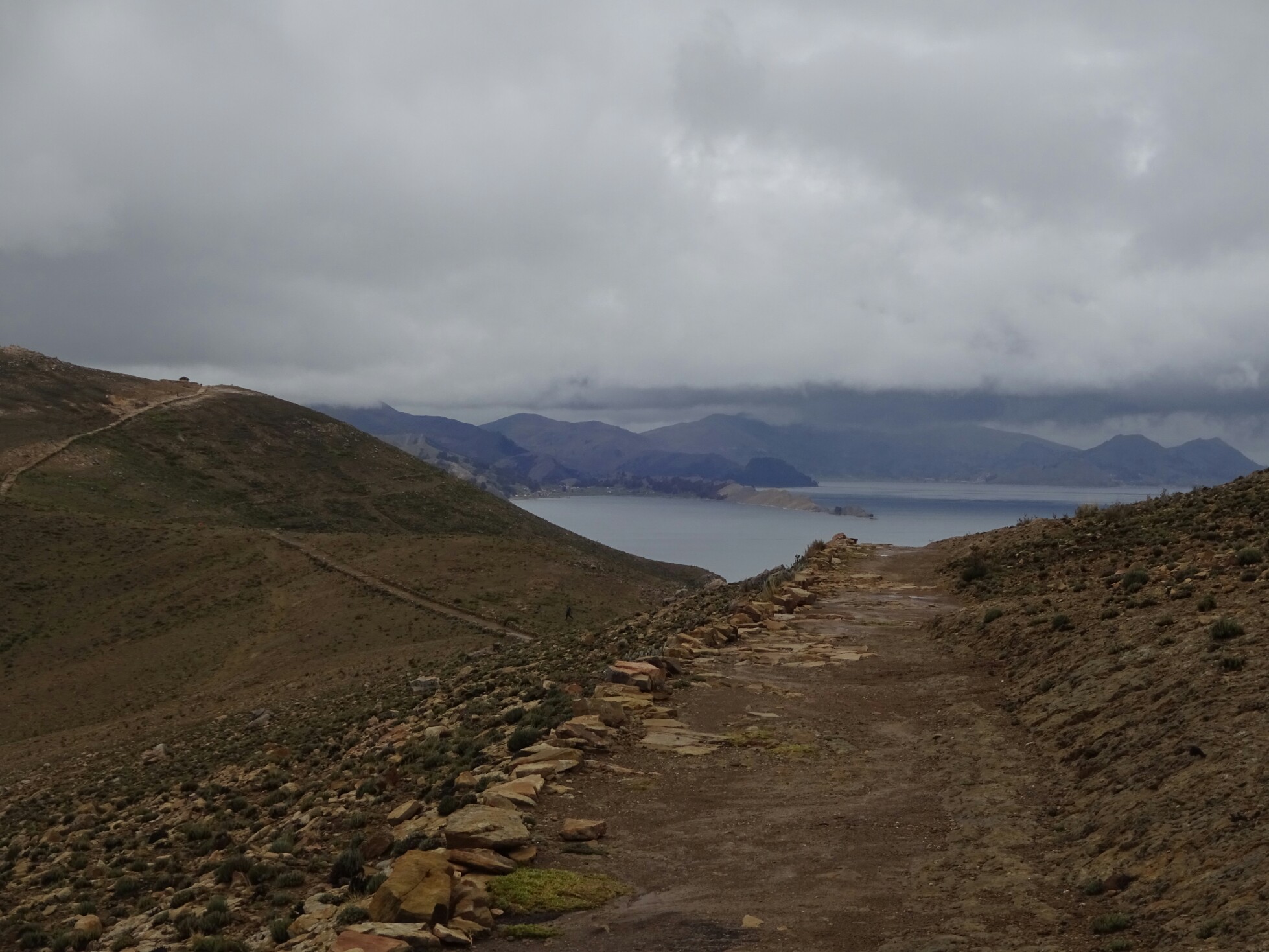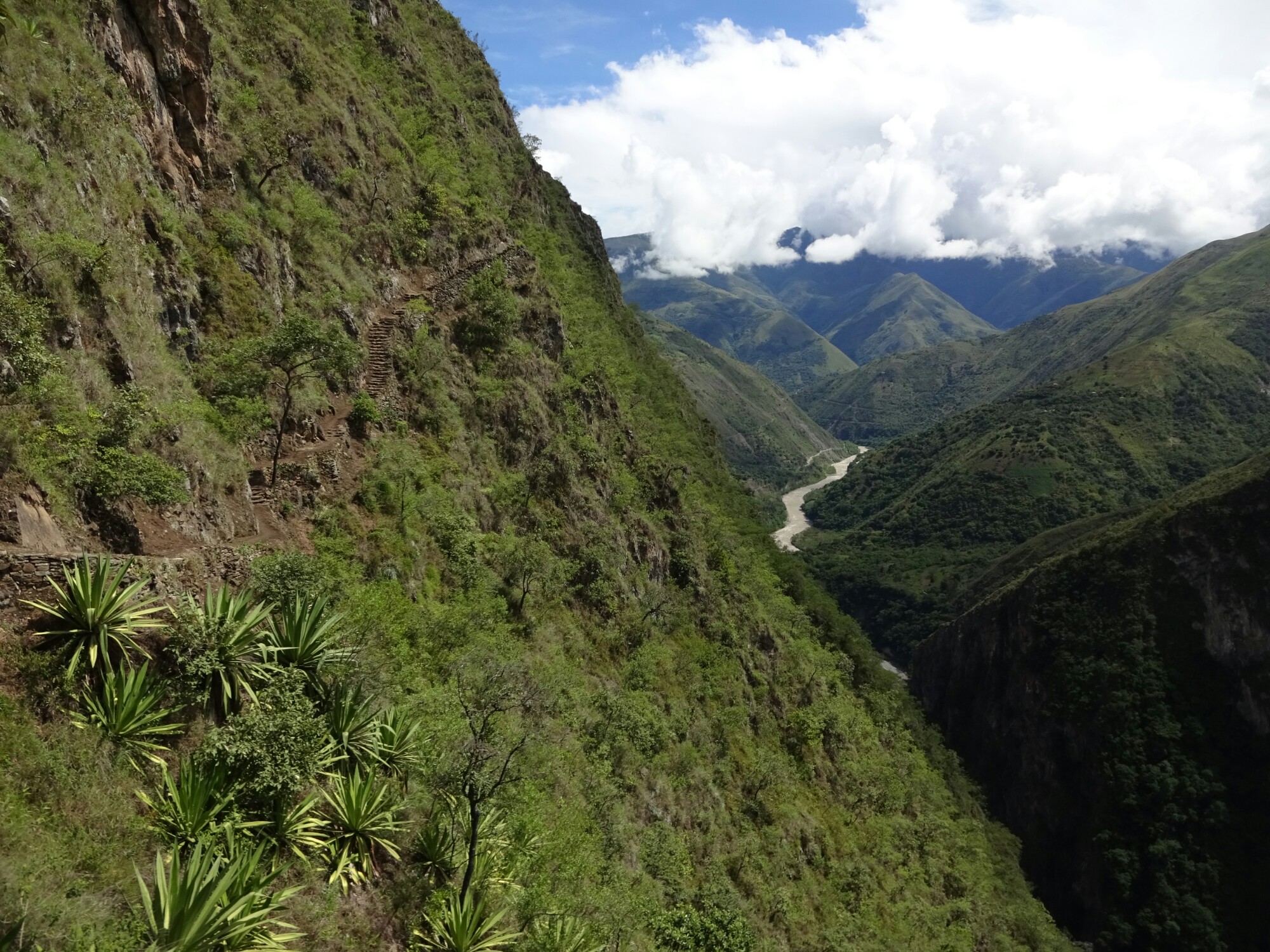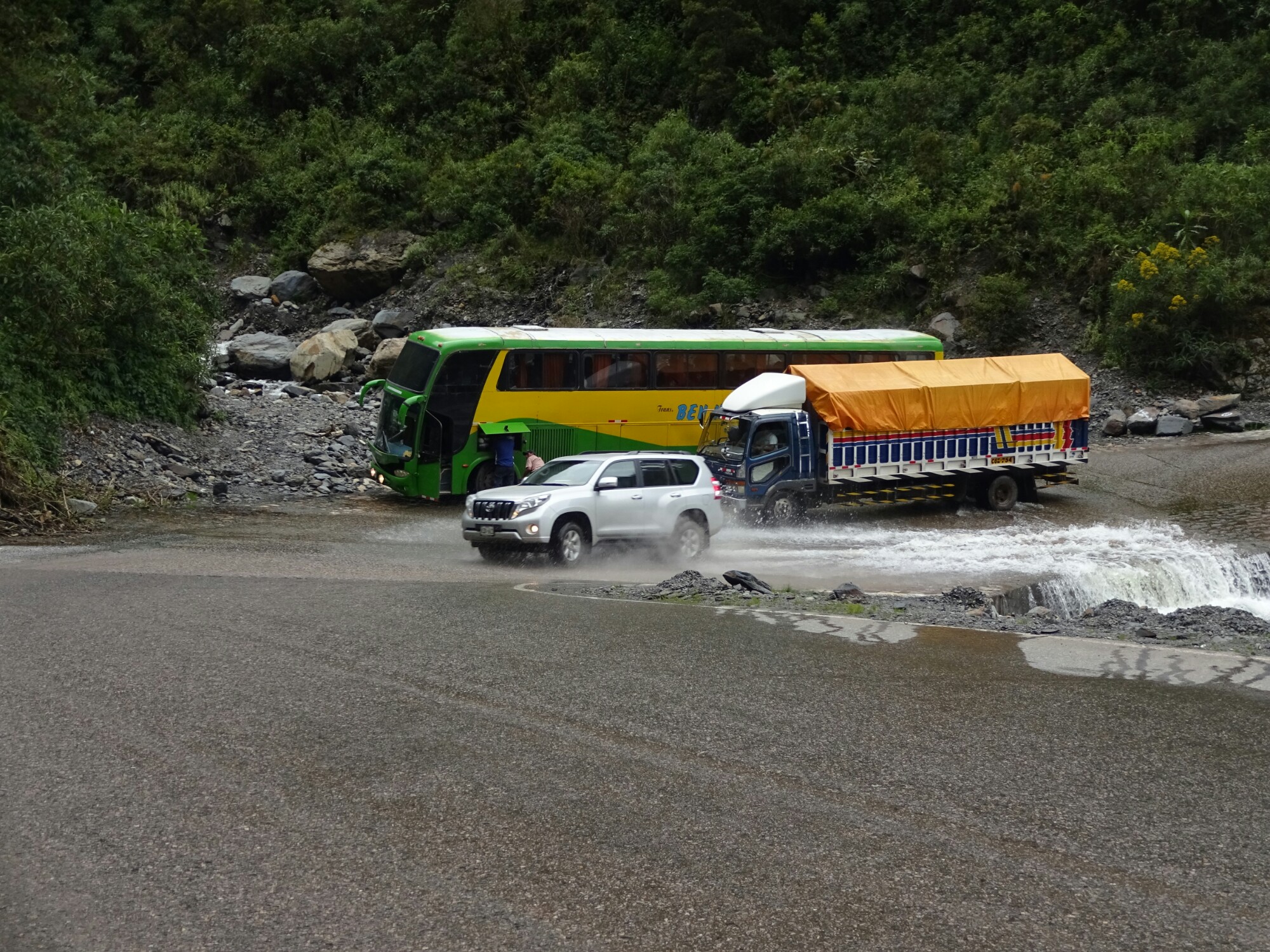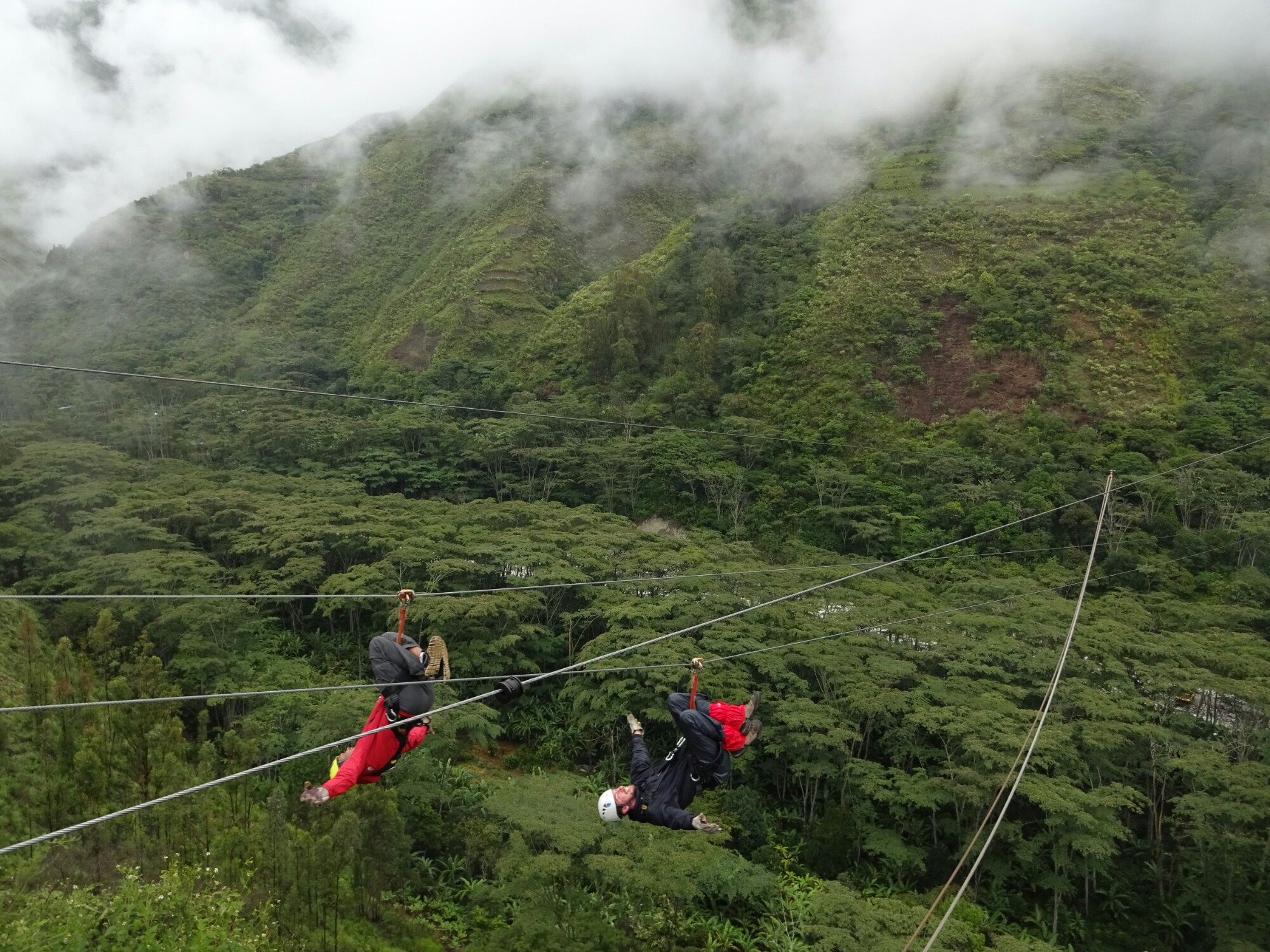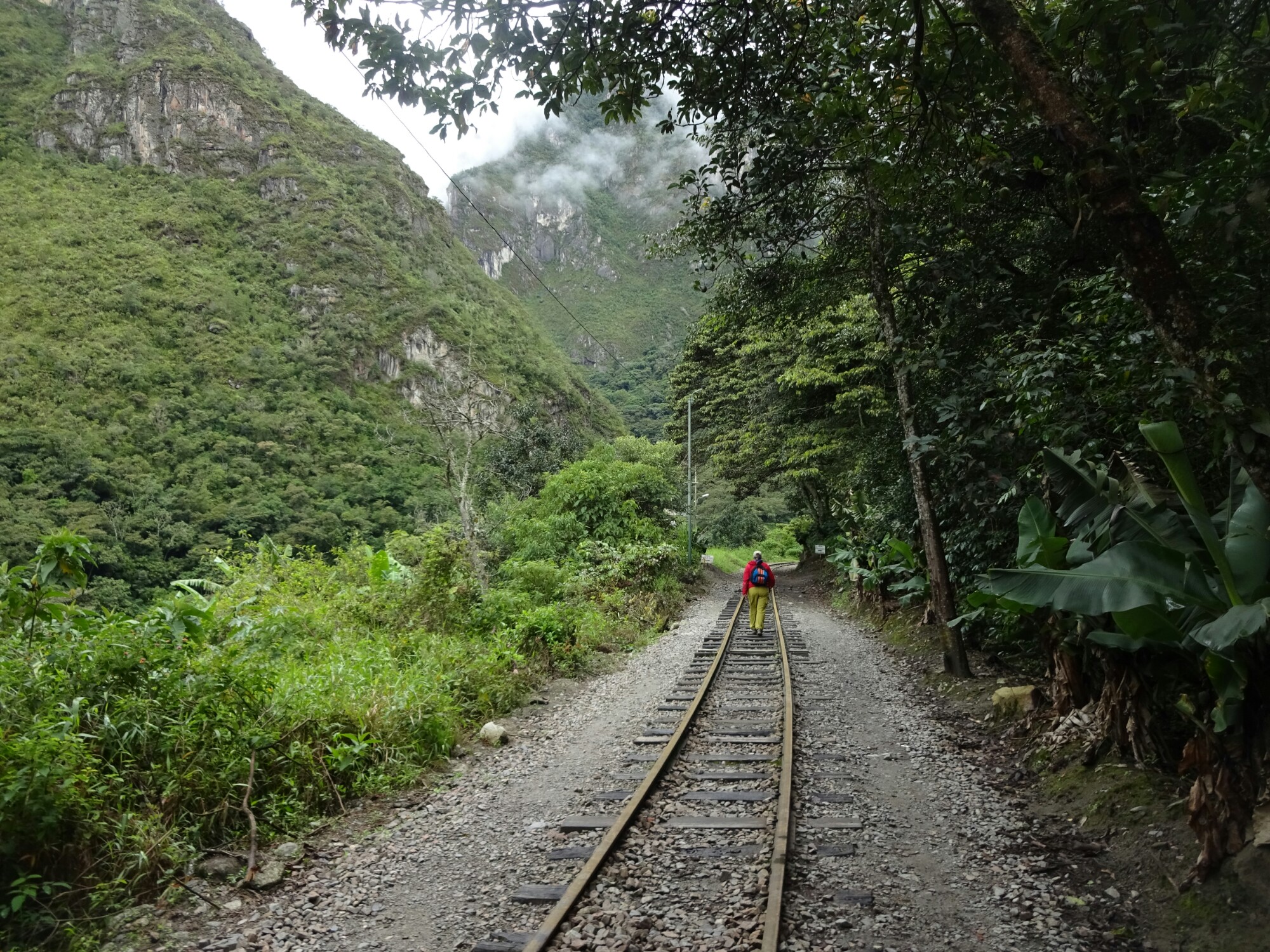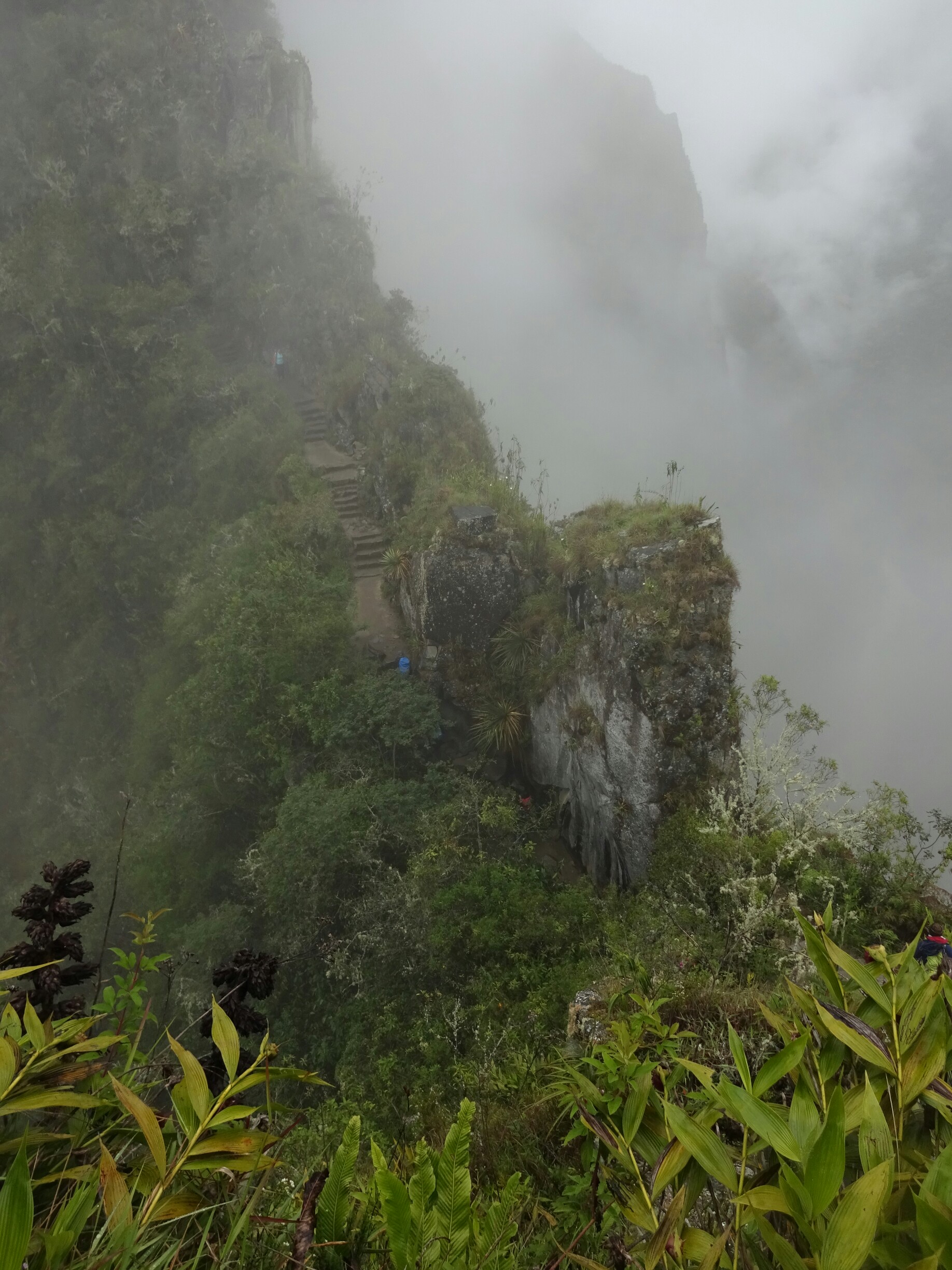After two weeks in Cusco and its surroundings it was time to move on in the direction of Bolivia. I boarded a bus to Puno, the first major city at Lake Titikaka when coming from the west. The bus arrived early in the morning, but I was able to leave my backpack at a hostel and go on a tour to see the “floating islands” – home to hundreds of small communities on Lake Titikaka – after having some breakfast.
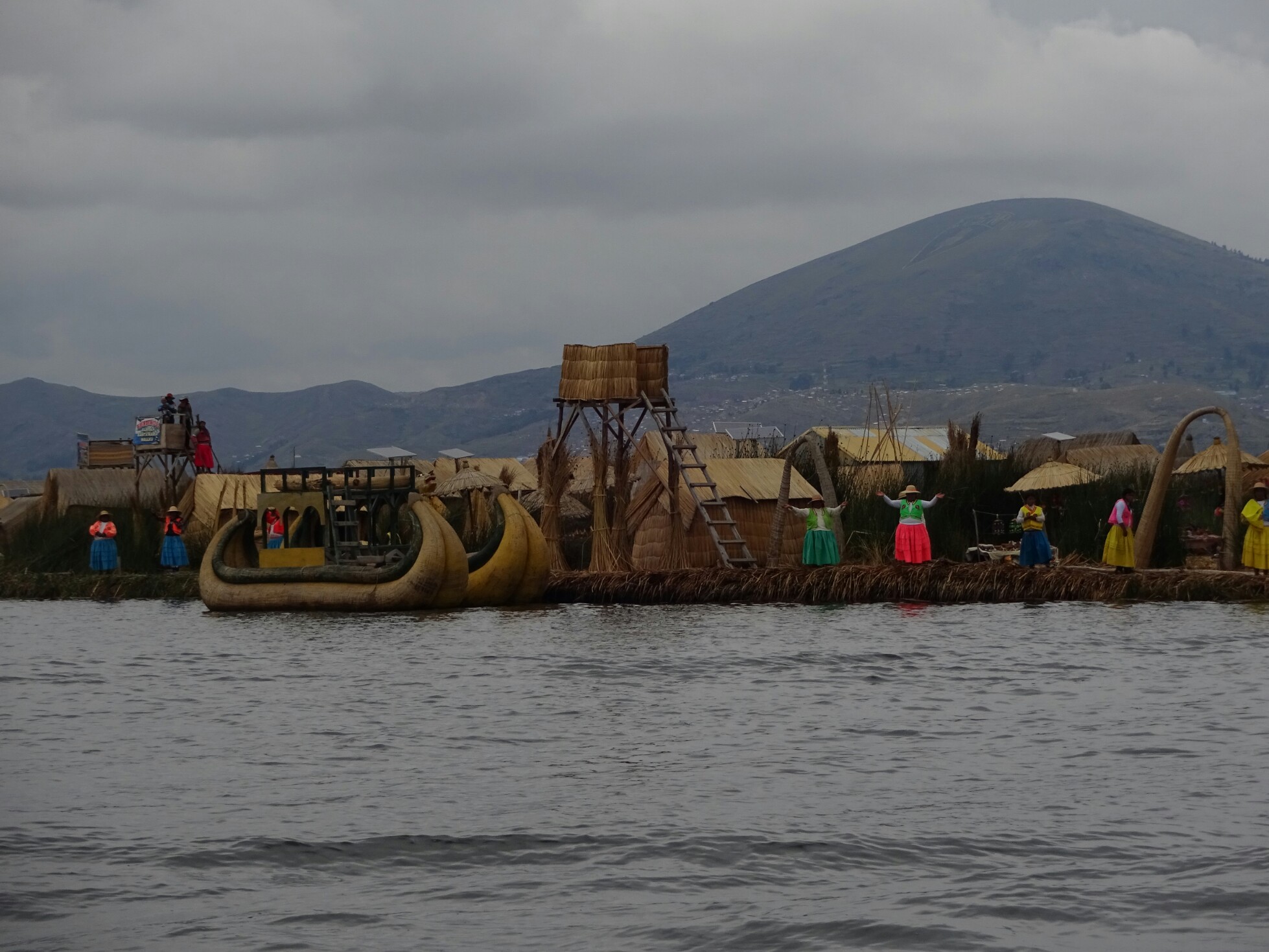
The “floating islands” are made of large blocks of reed roots, which float on the water, and several layers of reed. All is tied together and anchored in the lake to ensure that they don’t float elsewhere. The very basic reed houses are supposedly still inhabited by the native people, who we visited on this tour. However, to me it looked more like a movie set with actors dressed in colorful traditional clothing.
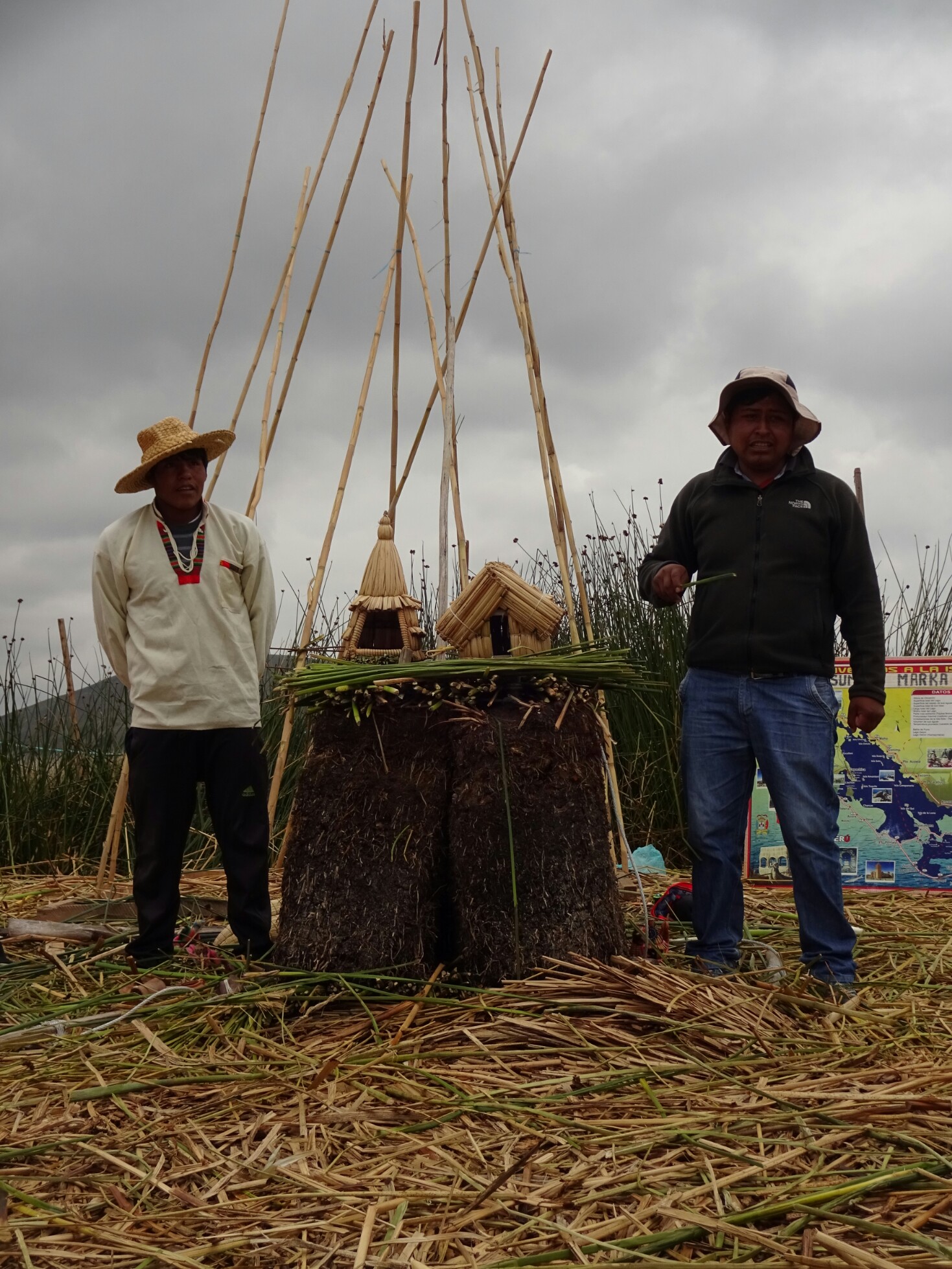

The tour guide tried to convince us that they only host tourists two days per week, while they do fishing and sewing the rest of the time. They might have lived like this at some point, but I’m sure they have tourists every day and go home every afternoon. It was also really commercial, as they tried their best to sell typical souvenirs or additional boat rides and wanted to get tips for their international song repertoire.


On the tour I met Natalia and Carlos from Mexico and Maca and Gracie from Chile. They also stopped in Puno just to visit the islands and continued with me to Copacabana, a small town on the east end of Lake Titikaka. It was our first stop in Bolivia and we were quite surprised to find more carnival celebrations going on, which we thought had ended about a week ago. Supposedly today was the last day. Jeremiah from the US joined us – he had missed his bus with his luggage as we had crossed to a different time zone at the border without knowing.


The next day we climbed Cerro Calvario for a great view of the town and of Lake Titikaka. It was quite tough, as Copacabana is located at over 3800m. Afterwards the five of them continued to La Paz, while I stuck around. I wanted to visit the “Isla del Sol” after several recommendations from friends. I didn’t know when and how, but just when I took the others to the bus station, Dani and Krissi from Germany arrived. I knew them from Cusco, as we had stayed in the same dorm room.


The three of us postponed the island for the day after and spent the afternoon downtown, watching even more carnival celebrations. It seemed like the whole city was dressed up in colorful clothes – the men in cowboy-like outfits, the women in long skirts. There were also a few couples, who seemed to be carnival kings and queens, as they were honored by others with tons of confetti and paper streamers.


The following day we took a boat to the “Isla del Sol”. Despite its name, the island welcomed us with rain. Maybe because it thought that it would be customary for us Germans at this time of the year, because most people we met here were Germans. Luckily it was only light rain, which stopped around noon. And after leaving the north part of the island, we had the trail almost to ourselves.


Without taking too many breaks, we walked for about five hours and got back to the other harbor just before the departure of the boat. In the end the trail across the island had taken us much longer than what we had been told, but we had still enjoyed the bleak landscape and the views of Lake Titikaka. On the way back to Copacabana we even got a sunburn, as we had forgotten to put on sunscreen.
